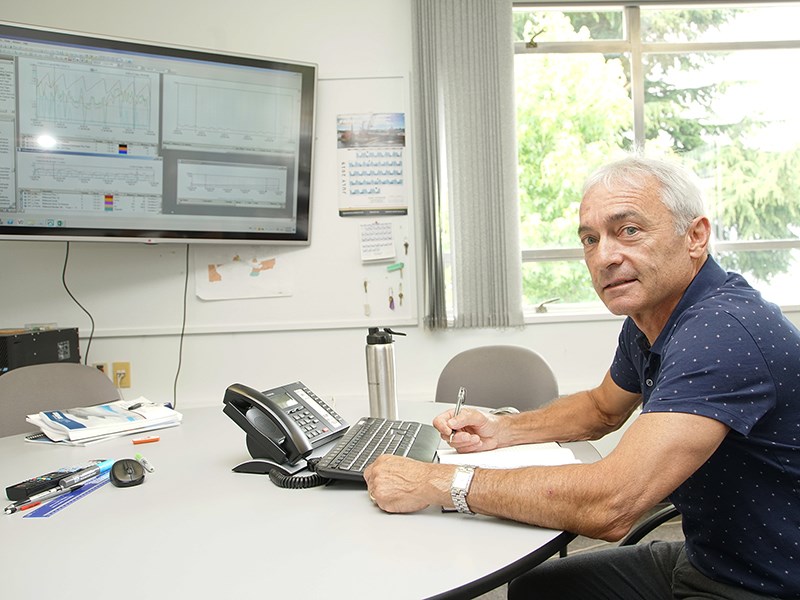Extensive work is being undertaken to upgrade Powell River’s liquid waste and airport infrastructure.
City director of infrastructure Tor Birtig said with respect to the liquid waste treatment plant, its design is still being worked on.
“We are at about 95 per cent,” said Birtig. “We have to select equipment first so they can finalize the design to the 100 per cent level. We have sent out requests for proposals on those things.
“We’ve got a lot of it back, but currently, we are working with the province because we have to do something called value engineering. We are working with them to make sure we are following their process.”
Birtig said value engineering means the province is looking at the plant’s design elements and will ensure the city is not going down a road that will cost residents a lot of money later on.
“They’ll review our design and make sure it’s in keeping with that ultimate goal,” said Birtig. “They will come back with some ideas and we will either counter their choice, or move toward that design element to save the money.”
Birtig said there is a deadline of March 31 to complete the design phase.
The hope is that construction of some phases of the project will proceed in the summer or fall of 2020. The city has applied for a $10 million loan from the Municipal Finance Authority for the project’s initial phases, with the determination to be made in May.
Birtig said the city will also receive some funding from the province so there is some seed money. There will be discussions with the grant people to ensure the city is in keeping with their guidelines, he added.
Birtig said the city will probably not be putting out contracts on construction until later on this summer. He said the project will be broken up into several components.
“That hasn’t been finalized on whether we have two or seven components,” said Birtig. “We’re looking at how we can break out those contracts. What we are keeping in mind is we want to allow the local contractors to bid and work on these jobs. We are working on how we package it up to ensure we can do that.”
With some of the bigger components, such as the actual treatment plant itself, that will go out to one general contractor, who can hire local subcontractors, said Birtig.
“The next few weeks for us will be important and we will probably be able to hone in our timelines a lot better,” he added. “Right now, we have some questions for the grantors to make sure we follow what they desire.”
In terms of Powell River Airport, the city is applying to Transport Canada’s Airports Capital Assistance Program (ACAP) for repaving the runway.
“For an airport our size they contribute 100 per cent of the funding,” said Birtig. “We are at the end of the useful life of the pavement on the runway.
“We are going to submit to ACAP a funding application for the repaving of the airport. The deadline is the end of April.”
Birtig said most of the resurfacing is over existing pavement but with the work completed at the airport recently, where the city extended the run-out, it could assist in bringing in some larger aircraft with the placement of the threshold.
“There’s some additional work that has to happen before we can lock in the longer takeoff and landing distances,” said Birtig.
The runway gradient has prevented Pacific Coastal Airlines’ larger SAAB-340 aircraft from operating out of Powell River Airport, so work has to be done to allow for these aircraft to land and takeoff. Birtig said the aim would be to pave so there is a 1.5 per cent or less gradient so the SAAB can operate. Currently, the configuration is greater than 1.5 per cent.
Funding is also available to upgrade the airport’s lighting. Birtig said the airport will more than likely move to LED lighting if it can secure the grant, but what is being heard from ACAP is the 150-foot width of the pavement strip is too wide, and they will only fund for 100 feet, which would mean the lighting would have to be moved in.
“As part of this funding application,” said Birtig, “we’ll do both paving and electrical.”



.jpg;w=120;h=80;mode=crop)